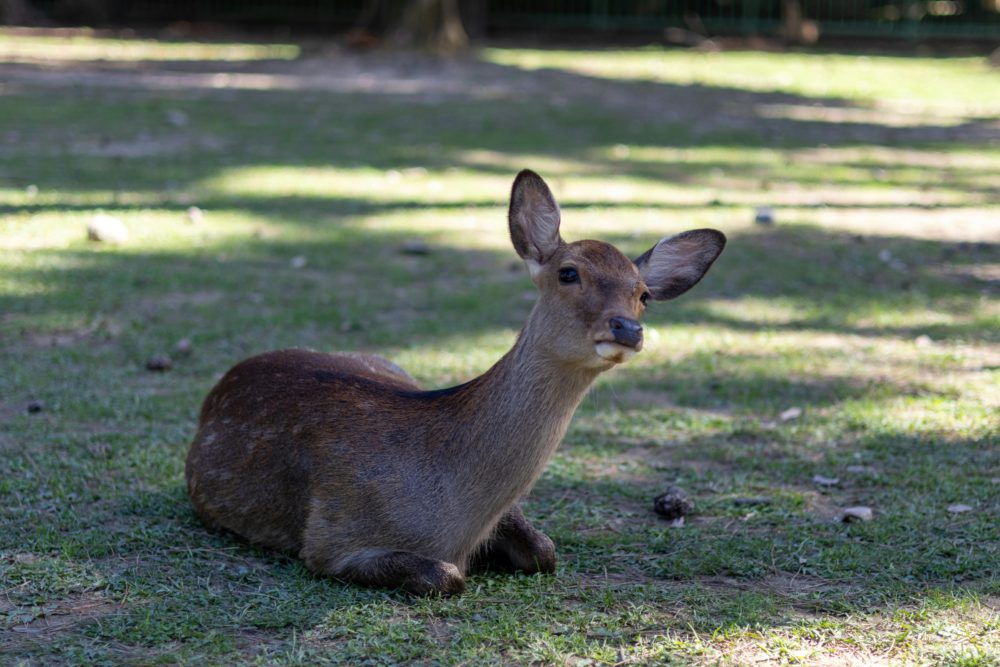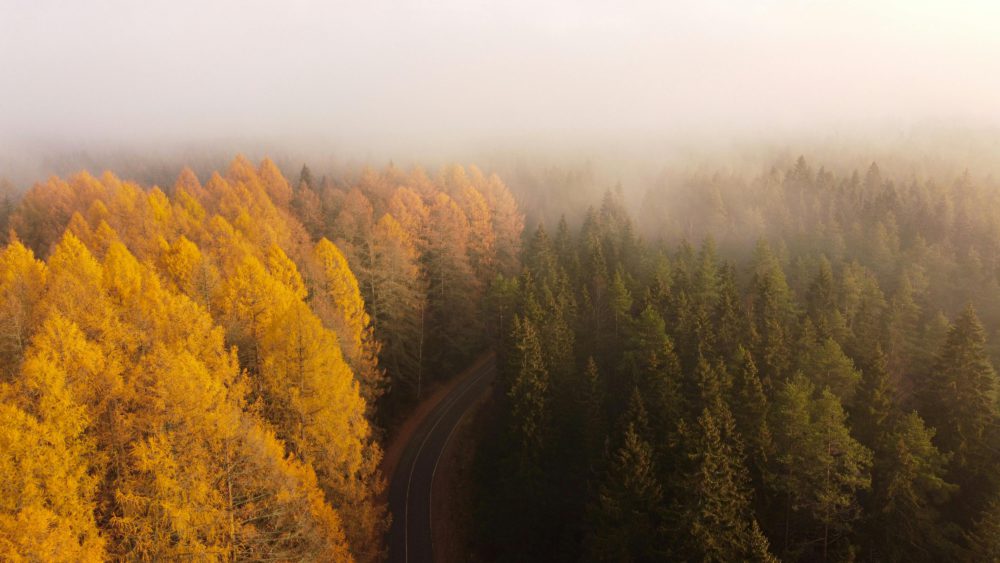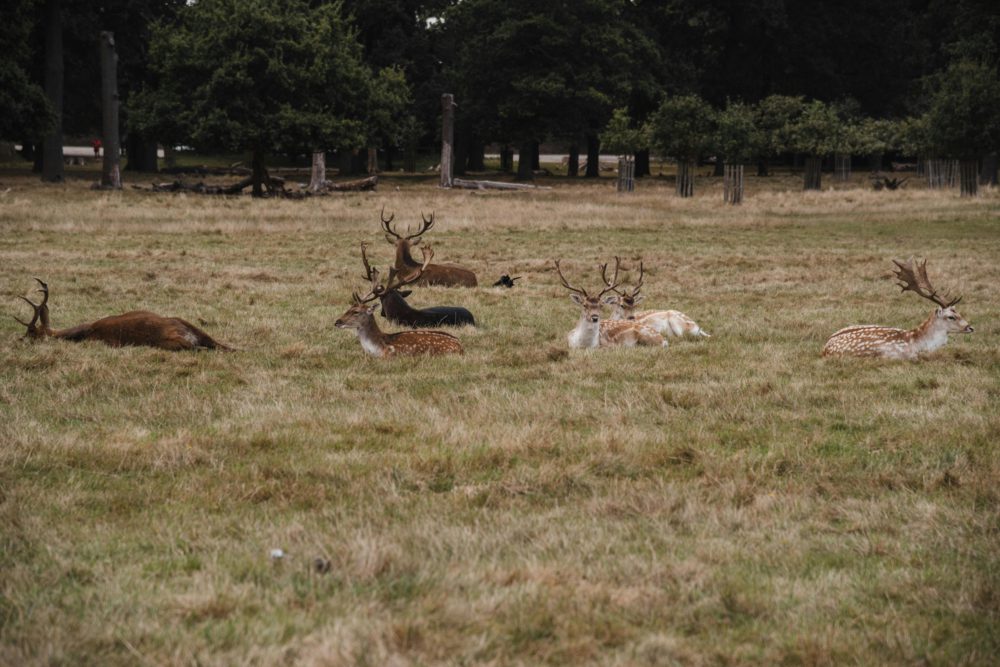Late September to November is mating season for deer, meaning the UK’s 2 million wild deer will be making moves (both in a romantic sense, and in terms of crossing roads).
Typically, they like to travel after and before sunset. But when the clocks go back, that’ll start to overlap with rush hour.
The result? Well, it’s not pretty. In the UK, it’s estimated drivers could have as many as 74,000 collisions with deer every year. While this is obviously not ideal for the nation’s wildlife, it’s bad news for humans too. These collisions cause hundreds of injuries, and even some fatalities. Then of course, there’s the question of damage to your car.
All in all, it’s well worth doing what you can to keep these majestic creatures safe – and save yourself a claim. So, here are some steps that could help you avoid collisions with deer:

Don’t ignore the signs.
In places where you’re likely to come across deer, there’ll be signs to warn you. Look out for these, and drive with extra caution – especially in Autumn and Winter.
Respond to the environment.
If you’re in a wooded area with lots of trees – or bends in the road – you could have less time to react. Take your speed down a bit.

Know when to use full beams and when to dip.
Using your headlights on full beam can help you avoid a collision as it helps you see further ahead – and deer seeing that light from a distance will be aware of you (though, as always, don’t use them when there is traffic coming towards you).
The problem is, if you come across a deer in the road, it’ll look into your high beams. When this happens, deers to tend to freeze in the headlights just like (well, exactly like) a deer frozen in the headlights.
If you see a deer directly in front of you, dip your beams. This could help prevent the deer staying stuck in harm’s way.
Expect more to be coming.
Deer move in herds. If you see one, it’s safe to assume there are more on the move nearby – so you should be on high alert.

Try not to swerve.
Suddenly veering into the wrong lane is rarely the right move – and could potentially cause a much worse accident. Try and stay prepared for an emergency stop (using your hazard lights to warn those behind if you do).
What should I do if I see a deer in the road?
If we’re talking about a healthy deer, you should safely slow or stop as needed, then wait for it to move off. Don’t approach it, as it may panic and end up either hurting you – or running into traffic.
If we’re talking about a hurt or injured deer, you should pull over at the next safe opportunity and call the police. They can clear the road and have specialist contacts to handle collisions with deer.
What if I have a collision with a deer?
Don’t panic, it happens (otherwise this guide wouldn’t exist). Again, you want to park at the next safe place (using your hazards if needed) and ring the police. If anyone needs immediate medical attention, call an ambulance.
When you can, you’ll also need to call your insurer to let them know about the incident.




